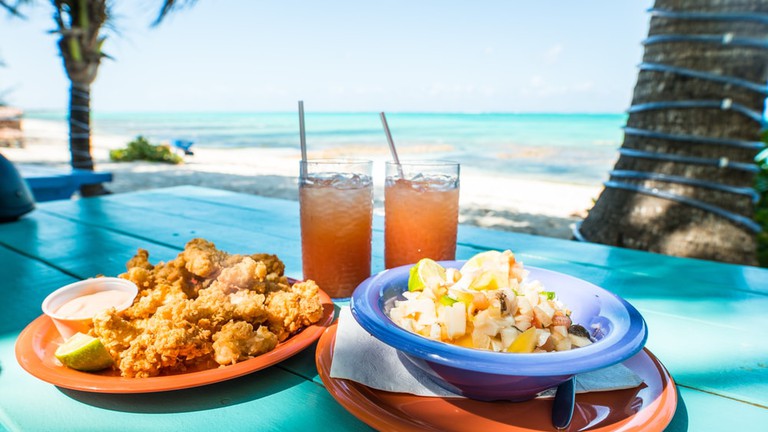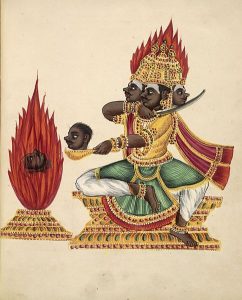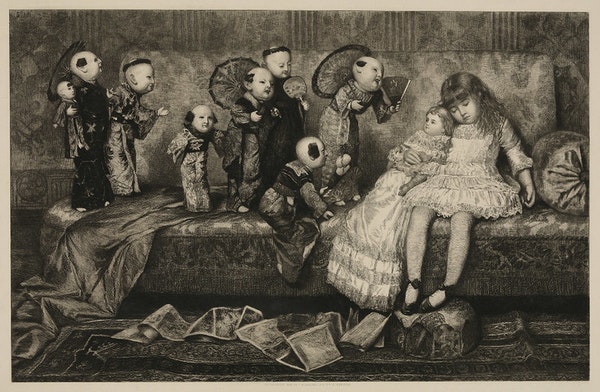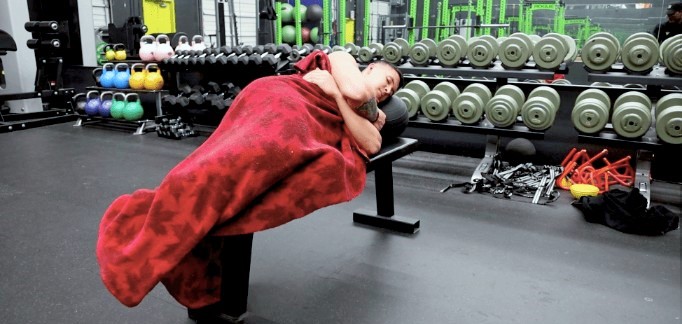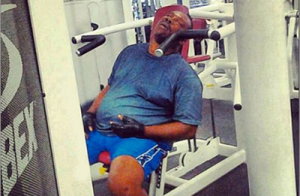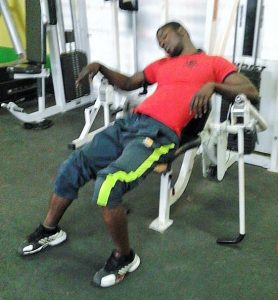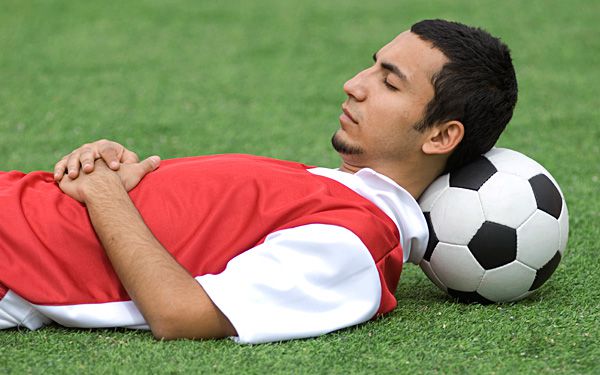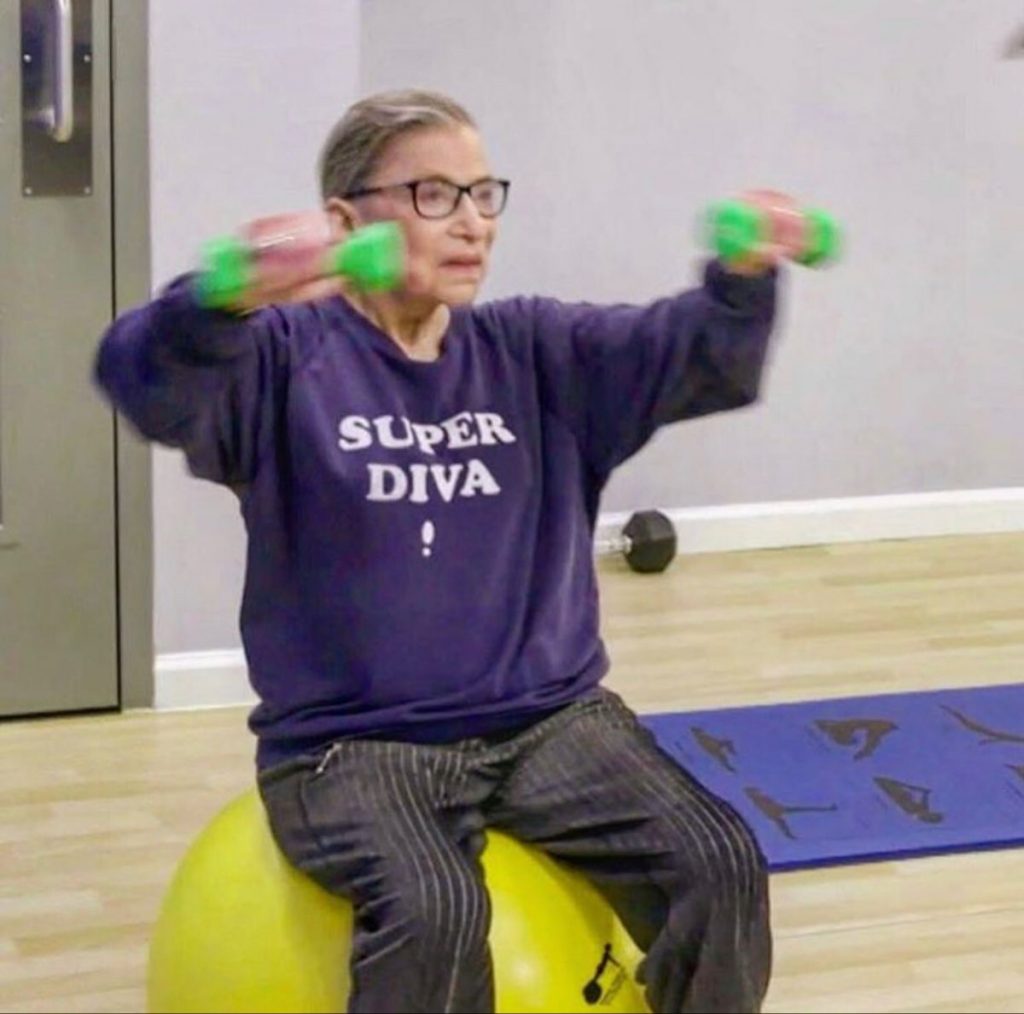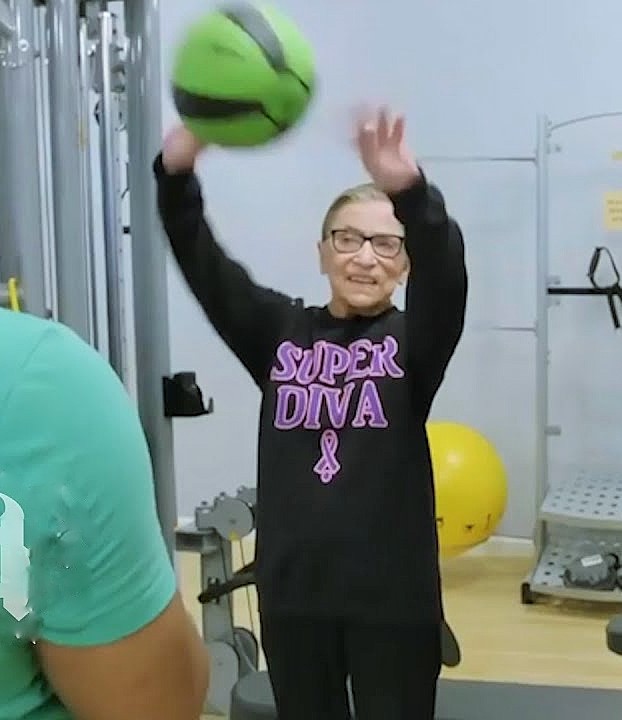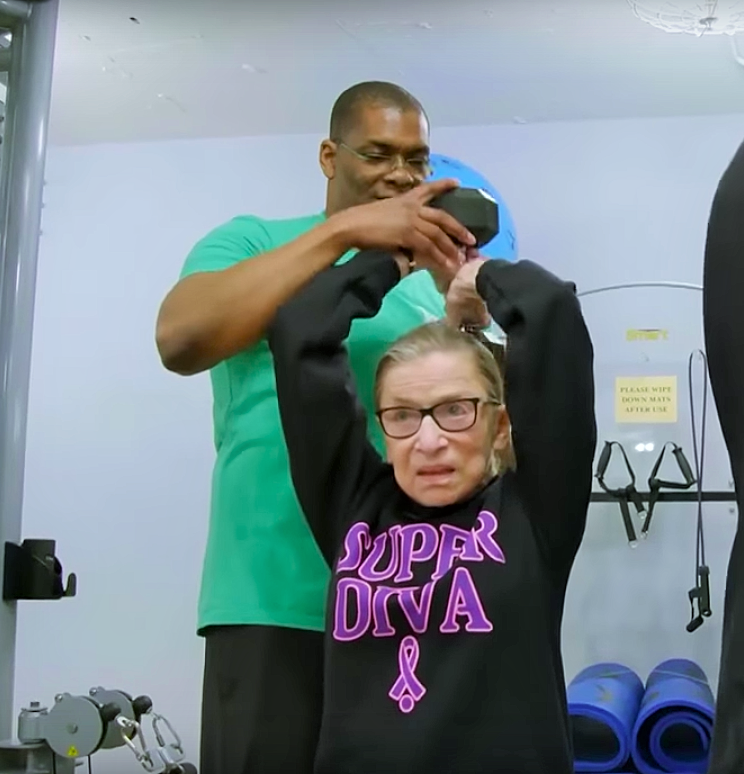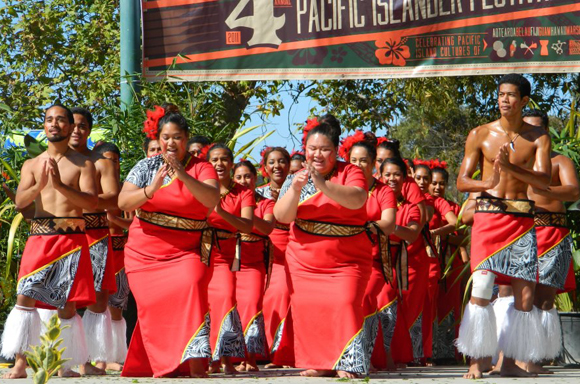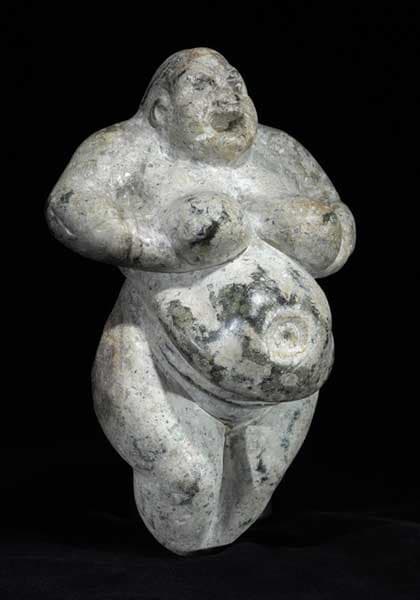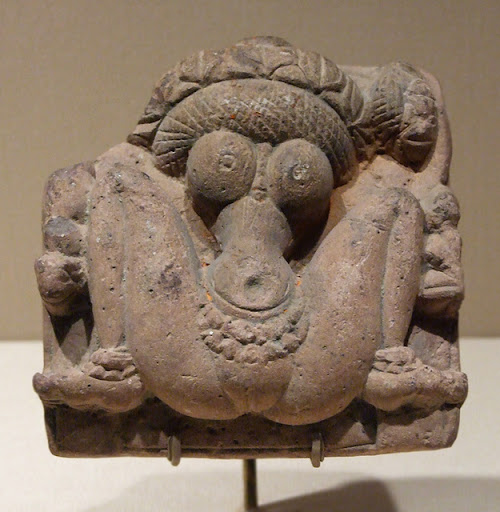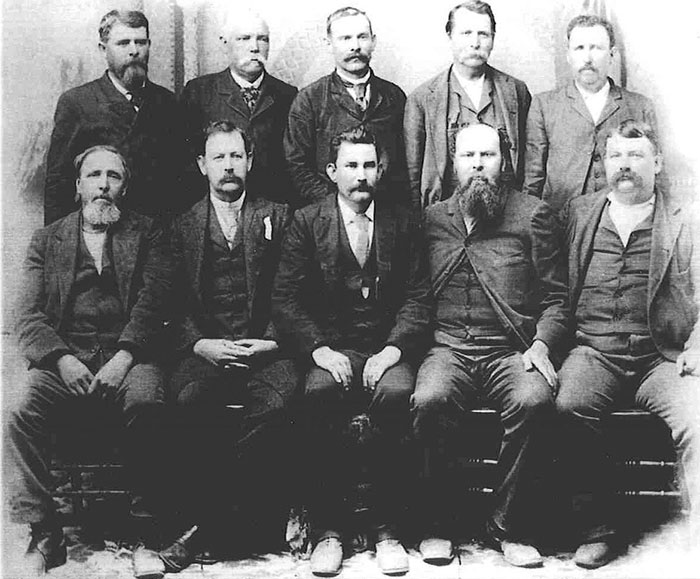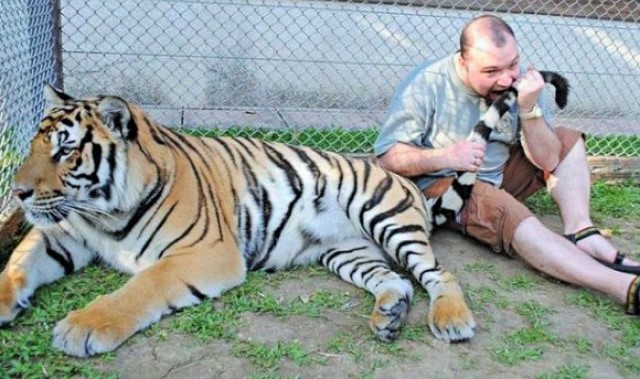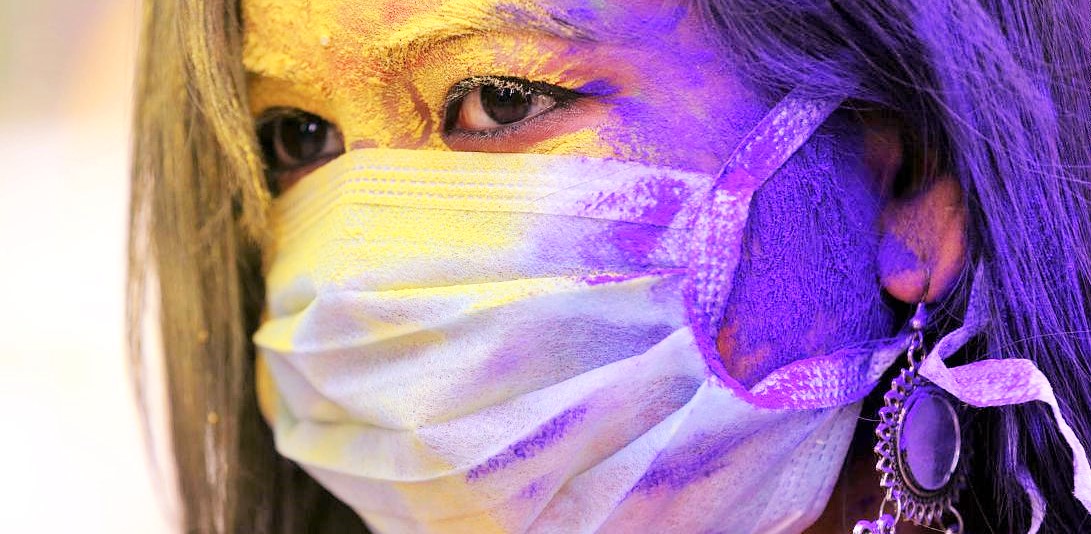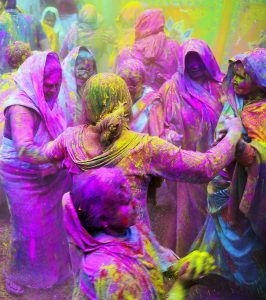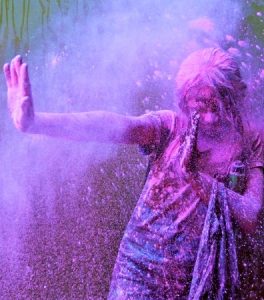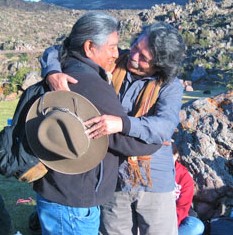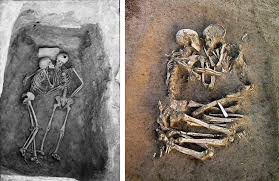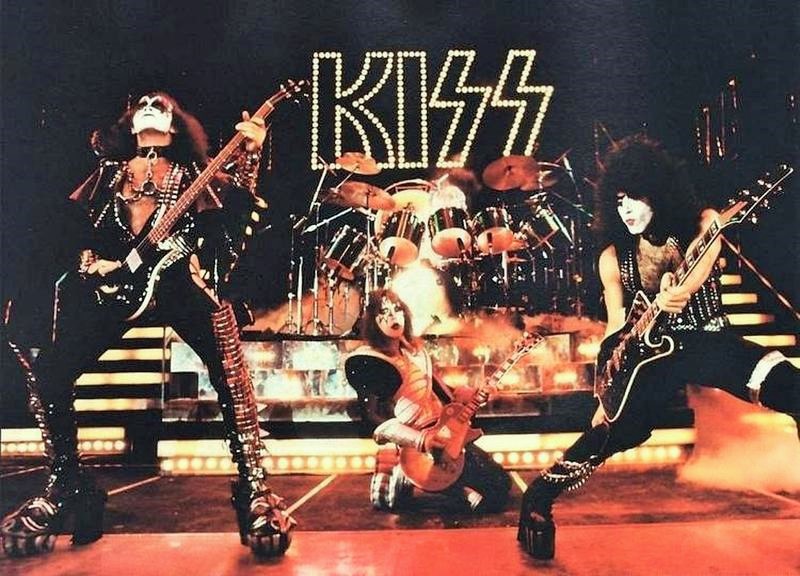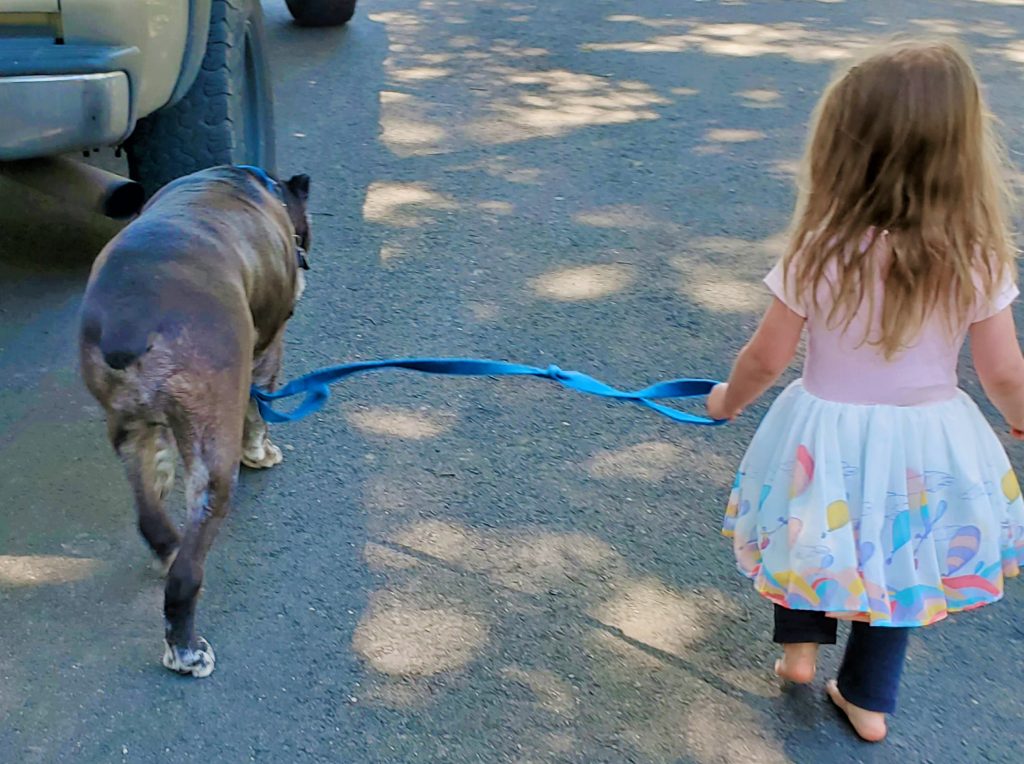
Sometimes a writer (and I’m not alone here) starts out to write one thing and something entirely different emerges. My metaphor for this is heading for Maine and ending up in the Bahamas. That’s what happened to this blog. I started out to write TELLING TIME, about using food to set or reveal the time in which the story takes place. What I had in mind was a timeline for foods and cooking equipment.
For Example, by 1900
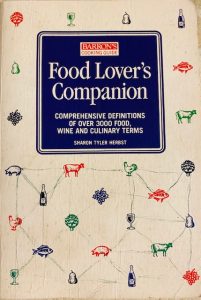
- McCormick & Co. were producing flavorings and spices
- George A Bayle, Jr. was selling his peanut paste out of barrels for about six cents a pound
- The Kellogg brothers patented a “Process of Preparing Nut Meal”
- Fanny Merritt Farmer had self-published The Boston Cooking School Cookbook
As many of you know, I collect cookbooks, and have done so for decades. As I pulled relevant references off my shelves, I discovered over a dozen books specifically on the history of food and cooking.

No more than an hour or so into this effort, I realized three things:
- Readers might not be as enamored of lists as I am.
- The list would go on forever!
- Such a blog wouldn’t be helpful in the general scheme of things.
And that’s when I headed for the Bahamas, and turned this blog into a Better Know Your Character effort.
Assuming you don’t want to draw entirely from your own life and experience, there’s a book for that.

You can get food and cooking information for any time period you need, in as much detail as you need, and for virtually any place you need. If you write across time periods and/or locations, one of the books covering a broader range would be a good choice.
Cookbooks for Specific Geographic Needs
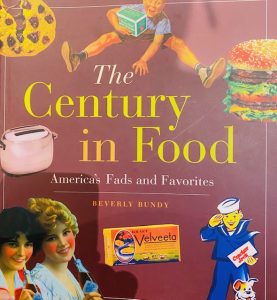
- By region, for example New England, Northern India, the Balkans
- Any state in the US
- Virtually any country or territory
- Virtually any city
- I say virtually here because I don’t have every one. But given that I have books for Paris; Tbilisi; Detroit; Pittsburgh; Los Angeles; Denver; Rochester, NY; and Westminster, MD (to name a few), I’m confident you could find what you need.

- Plantation cooking
- Australian Outback cooking
- Wilderness cooking
- Pacific Island cooking
- Appalachian cooking
Cookbooks by Time Period
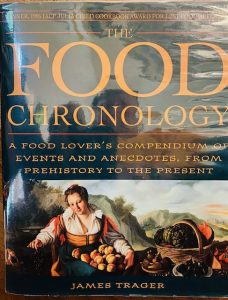
- The American colonial kitchen
- By decade since at least 1900
- Food and cooking during war.
- For example, The Doughboy’s Cookbook (common foods and cooking in the trenches of World War I) or M.F.K. Fisher’s How to Cook a Wolf (cooking during WWII rationing).
- Cooking during wars or other conflicts often focus on deprivation.
- The recently published CCCP Cook Book: True Stories of Soviet Cuisine has recipes Russian cooks developed or adapted to deal with food shortages throughout the Cold War.
- During the Civil War, there was a time when there were no pigeons left in the city of Richmond because all had been killed for the table.
Cookbooks by Ethnic Heritage
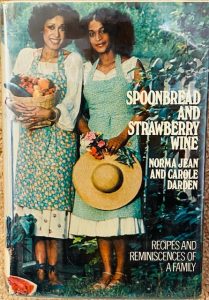
- African American
- Native American
- Results of mixed heritages
- West African and French influences in Cajun cooking
- Chinese, Middle Eastern, and Indian influences all along the Silk Road
- Any cuisine by country of origin
Everyone has to eat sometime (except alien cyborgs).

What is your character’s attitude toward food?
Cover all three aspects of attitudes: think, feel, do.
What does home cooking mean to your character?

The answer to this question can tell all sorts of things about your character besides ethnicity:
- Approximate age
- Social class
- Family of origin
What is involved in meal preparation?

If your modern character is making a meal, does s/he start with raw ingredients or put a prepared meal in the microwave? Does the answer change if company is coming? Is it a family meal? Do other family members share your character’s attitudes toward food and cooking?
What does your character eat?

Strictly a meat and potatoes person? Omnivore? Pescatarian? Vegetarian? Vegan? And why?
- Religious prohibitions
- Animal rights
- Health considerations
- Cultural habits
- Availability
What health concerns does a character address with food?

Many medical conditions are caused by unhealthy eating habits or require dietary adjustments to treat fully. Depending on the diet, this character may have cookbooks addressing the concern, request substitutions when eating out, or be unwilling to eat or cook around others.
- Lack of a nutrient, such as calcium, Vitamin D, sodium
- Heart disease
- Diabetes
- Celiac disease
- Lactose intolerance

Consider also the possibility of mental health concerns when eating or preparing food. A character with alcoholism, compulsive overeating, bulimia nervosa, etc. would likely display signs of those disorders that might be noticed by others. On the other hand, a character with severe depression, body dysmorphia, or OCD related to food might avoid social situations involving food altogether.
Food is for everyone.

Whether your character lives to eat or eats to live—or is somewhere between the extremes—it’s difficult to write realistically without food coming into play somewhere, sometimes, at least occasionally. Making those mentions specific to your story/character is a big plus.
Bottom line advice to writers: Bring food and/or cooking into your story to add realism, specificity, and richness.

